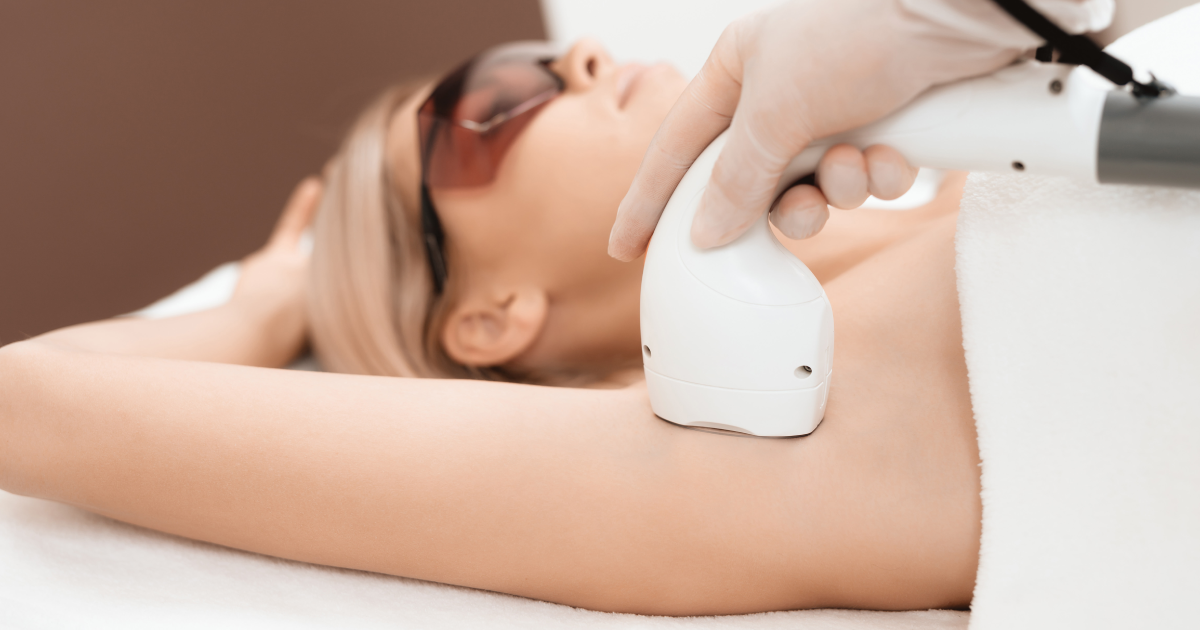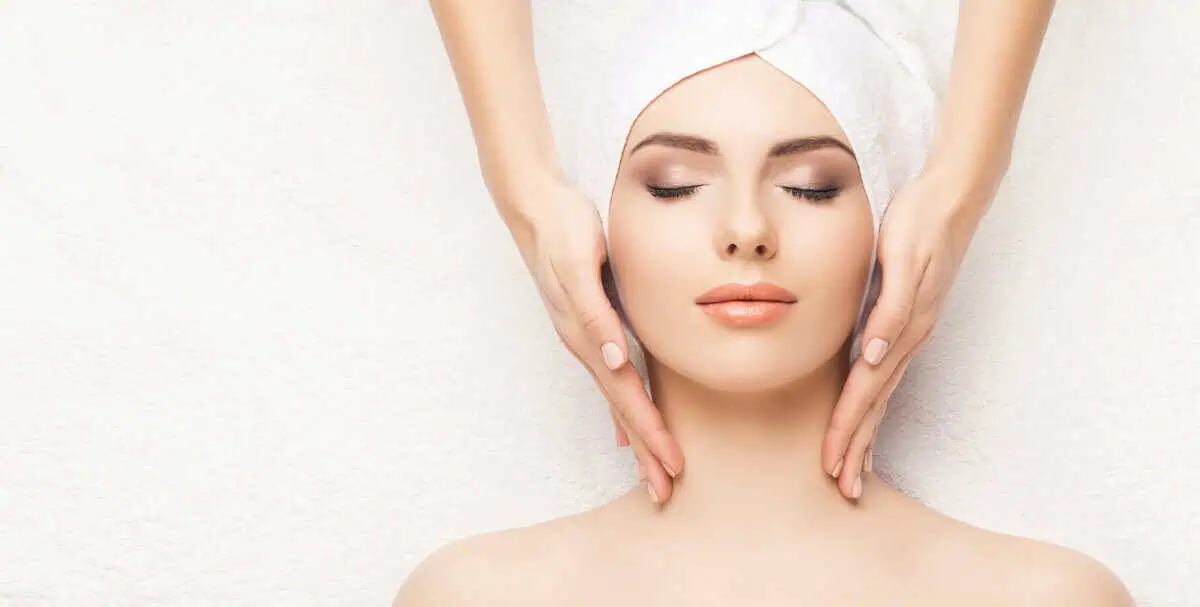Introduction
Moles are skin conditions that can appear anywhere on the body. While they are generally harmless, some people choose to have them removed for cosmetic or medical reasons. If you’re considering mole removal, it’s essential to understand the different types of moles, the risks associated with each type, and the various removal options available. In this article, we’ll provide you with everything you need to know about mole removal before and after, including the types of moles, the different removal methods, and what to expect during and after the procedure. By the end of this article, you’ll better understand whether mole removal is proper for you and what to expect from the process.
Types of Moles
Certainly! Several types of moles can appear on the skin. Here’s a more detailed explanation of each type:
- Common Moles: These are the most typical type of mole and are usually round or oval-shaped with a smooth surface. They can be flesh-colored, pink, brown, or black, typically smaller than a pencil eraser. While common moles are usually harmless, monitoring them for changes is important, as they can sometimes develop into melanoma.
- Atypical Moles: These moles are also known as dysplastic nevi and are more significant than ordinary moles, with irregular borders and a mixture of colors. Atypical moles sometimes resemble melanoma and are considered a risk factor for developing skin cancer. It’s essential to have atypical moles monitored regularly by a dermatologist.
- Congenital Moles: These are present at birth and range from small to large. More giant congenital moles are at a higher risk for developing melanoma, so it’s vital to have them monitored by a dermatologist.
- Acquired Moles: These are moles that develop later in life, usually during childhood or adolescence. They can be a variety of colors and shapes and are generally only a cause for concern if they change in size, shape, or color.
- Spitzoid Moles: These are rare types of moles that can appear similar to melanoma but are generally benign. They tend to be pink or red and have a raised dome-shaped appearance.
Mole Removal Options
Regarding mole removal, several options are available, including surgical excision, laser removal, and shaving. Depending on the size, location, type of mole, your preferences, and medical history.
- Surgical Excision: This is the most common method for mole removal and involves excising the mole along with a small portion of the adjacent skin with a scalpel or other cutting tool. This is typically used for more giant moles or moles suspicious of cancer. After removing the mole, the incision is closed with stitches, and the area is bandaged and monitored for signs of infection.
- Laser Removal: This method uses a laser to destroy the cells in the mole, causing it to fade or disappear. This method is typically used for smaller, non-cancerous moles on the skin’s surface. Laser removal is less invasive than surgical excision and typically has a shorter recovery time.
- Shave Removal: This method uses a small blade to shave off the mole and a portion of the surrounding skin. This method is typically used for smaller, non-cancerous moles raised above the skin. After removing the mole, the area is treated with an antiseptic solution and covered with a bandage.
In-office mole screening and removal can be convenient for those who want to have their moles evaluated and removed in a single visit. During the screening, a dermatologist will examine your skin and any moles you may have, looking for signs of skin cancer. If a mole is deemed suspicious, the dermatologist may recommend removal.
Before Mole Removal
Before undergoing mole removal, there are several things you can do to prepare for the procedure.
- Choose a qualified and experienced dermatologist: The success of your mole removal procedure will depend on the skill and experience of the physician. Researching and choosing a board-certified dermatologist with experience performing mole removals is important. You can ask for referrals from your primary care physician, read online reviews, or ask for recommendations from friends or family members.
- Prepare your skin: Depending on the location and size of the mole, your dermatologist may recommend that you avoid certain skincare products or procedures in the weeks before the procedure. This may include avoiding sun exposure, exfoliating scrubs, or chemical peels. Following your dermatologist’s instructions carefully ensures the best possible outcome.
- Consultation process: During your consultation with your dermatologist, you will discuss the details of the procedure, including what to expect during the mole removal process, any potential risks or complications, and aftercare instructions. Your dermatologist will examine the mole and may take photos for comparison after the procedure.
- Medical history: Before your procedure, your dermatologist will review your medical history and any medications you take. This is important to ensure that you are a good candidate for mole removal and that the procedure will not interact with any other medical conditions or medications you may be taking.
Mole Removal Procedure
Mole removal in an in-office or clinic setting typically involves a few key steps:
- Anesthesia: Your dermatologist may administer a local anesthetic to numb the area. This can help minimize any pain or discomfort during the procedure.
- Mole removal: Once the area is numbed, your dermatologist will use a surgical tool (such as a scalpel or laser) to remove the mole. The technique will depend on the size and type of the mole, your preferences, and your medical history. Your dermatologist may send the mole tissue to a laboratory for more giant or suspicious moles for further analysis.
- Wound closure: After removing the mole, your dermatologist will typically close the wound with stitches or sterile strips to help promote healing and minimize scarring. Depending on the mole’s location, you may need to return to the office for suture removal.
- Aftercare: After the procedure, your dermatologist will provide detailed instructions on how to care for the wound as it heals. This may include keeping the area clean and dry, avoiding sun exposure, and applying an antibiotic ointment. It’s important to follow these instructions carefully to help minimize the risk of infection and scarring.
Mole removal in an in-office or clinic setting is typically a quick and straightforward procedure, and most patients can go back to their normal activities within a few days. However, it’s important to remember that everyone’s experience is unique, and the healing process may take longer for some patients. Follow up with your dermatologist if you have concerns or questions during the healing process.
Overall, mole removal in an in-office or clinic setting can be a safe and effective way to remove moles and minimize the risk of skin cancer.
After Mole Removal
It’s important to take care of the area where the mole was removed to promote proper healing and minimize the risk of scarring. Here are some tips for caring for the area after the procedure:
- Keep the area clean and dry: It’s important to keep the area where the mole was removed clean and dry to help prevent infection. You may need to avoid swimming, bathing, or exposing the area to water for a few days after the procedure.
- Avoid sun exposure: Keeping the area covered and avoiding sun exposure for several weeks after the procedure is important. If you must go outside, wear protective clothing and apply sunscreen to the area.
- Follow your dermatologist’s instructions: Your dermatologist will provide detailed instructions on how to care for the area after the procedure. Follow these instructions carefully to promote proper healing and minimize the risk of complications.
- Observe for signs of infection, including redness, swelling, or pus.
During the healing process, it’s common to experience mild discomfort, swelling, or bruising in the area where the mole was removed. Most patients can go back to their normal activities within a few days, although the area may take several weeks to heal fully. Your dermatologist may schedule a follow-up appointment to monitor your progress and ensure the area is healing properly.
Scarring is a common side effect of mole removal, although the extent of scarring may depend on factors such as the size and location of the mole and the technique used to remove it. To lessen the appearance of scars after the procedure, your dermatologist may recommend using silicone gel or sheeting, massaging the area with a moisturizer, or undergoing laser therapy.
Mole Removal Benefits
Mole removal can provide several benefits for individuals, including:
Improved Appearance: Moles can be unsightly or cause self-consciousness, mainly if they are large or located in a noticeable area. Mole removal can help improve the appearance of the skin and boost self-confidence.
Reduced Health Risks: Some moles may pose a health risk, mainly if they are irregularly shaped or change in size, shape, or color over time. Removing these moles can reduce the risk of developing skin cancer or other health complications.
More accessible Skin Care: Moles can make it difficult to properly care for the skin, particularly in areas prone to irritation or chafing. Removing these moles can make it easier to care for the skin and reduce the risk of irritation or infection.
Improved Accuracy of Biopsy: If a mole is suspected of cancerous, removal can provide an accurate biopsy for testing. This can help determine if further treatment or monitoring is necessary.
Overall, mole removal can provide significant benefits for individuals, particularly if the mole is causing physical or emotional discomfort or poses a health risk. It’s important to discuss your options with a qualified and experienced dermatologist or plastic surgeon to determine if mole removal is the right choice for you.
Conclusion
When considering mole removal, it’s important to have realistic expectations of the results, which can be supported by reviewing before and after photos and patient testimonials. Consulting a qualified healthcare professional is key to ensuring a safe and successful mole removal process.
Don’t let moles affect your confidence or well-being any longer! Experience the expertise and compassion of Outer Banks Dermatology for your mole removal needs. Call or book an appointment today and take the first step towards flawless skin!”







